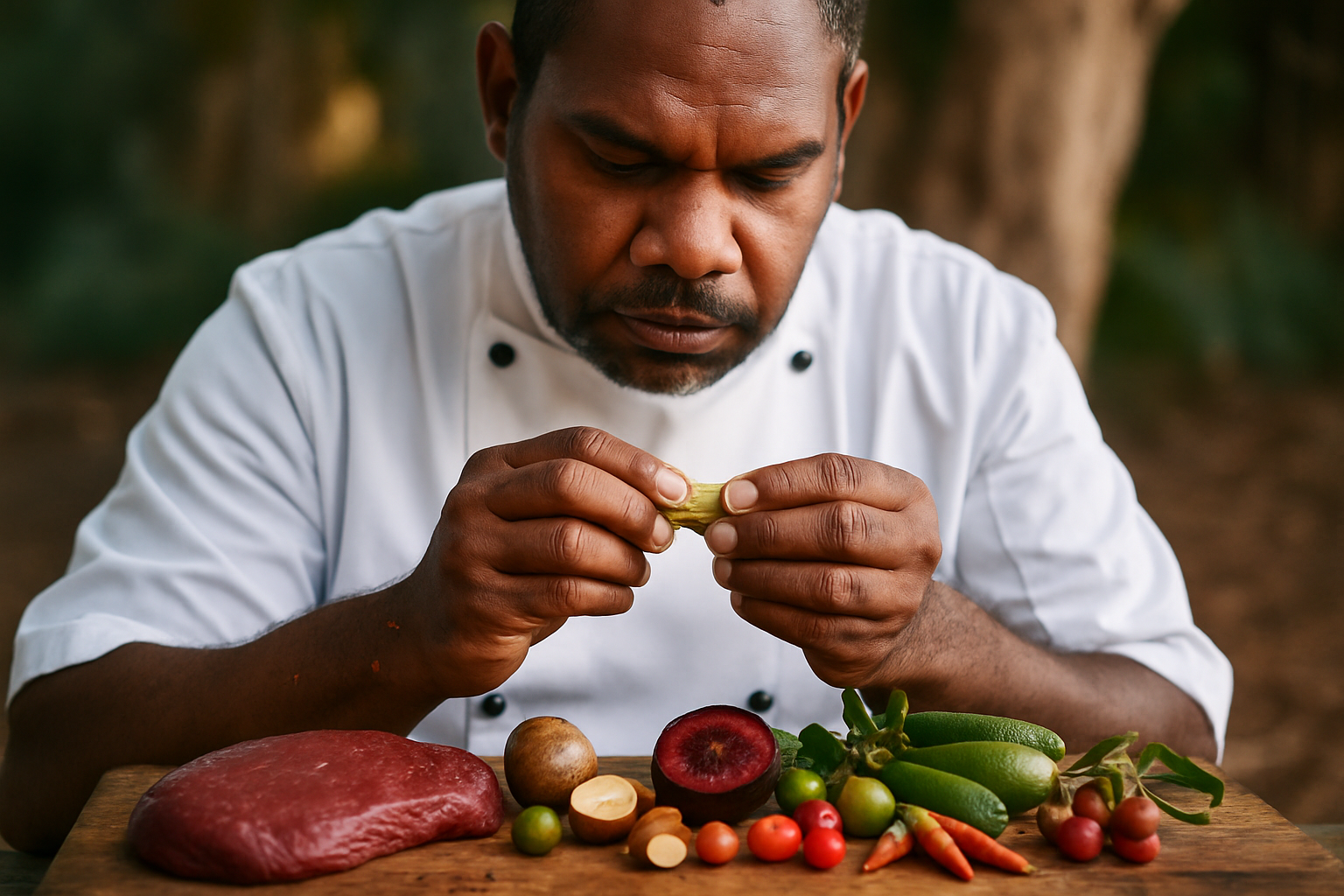Sourcing local ingredients: what to look for and why it matters
Choosing local ingredients affects flavor, seasonality, and sustainability in everyday cooking. This article explores what to look for when sourcing produce, proteins, and pantry items, and how local choices influence cuisine, recipes, mixology, preservation like fermentation, and overall nutrition for home cooks and culinary professionals worldwide.

Sourcing local ingredients: what to look for and why it matters
Sourcing ingredients close to their origin can transform simple cuisine into dishes that reflect place, season, and community. When you prioritize local produce, meats, dairy, herbs, and pantry items, you often gain fresher flavors, clearer provenance, and a smaller environmental footprint. This article outlines practical criteria for selecting local ingredients and explains how those choices support sustainable food systems, inspire recipes and mixology, and improve nutrition without sacrificing convenience.
How does seasonality affect sourcing?
Seasonality shapes both availability and flavor. Fruit and vegetables picked at peak ripeness have higher sugar and aroma compounds, which changes how they perform across recipes and desserts. Seasonal sourcing also influences menu planning: a summer cucumber yields crisp salads, while autumn root vegetables lend earthier notes to stews. Paying attention to seasonality helps home cooks and chefs make choices that optimize taste and reduce reliance on energy-intensive storage or long-distance transport.
What should you check when sourcing local produce?
Look for freshness indicators like vibrant color, firm texture, and intact stems or leaves; these reveal recent harvest and minimal handling. Ask vendors about growing practices—whether fields are rotated, what pest management is used, and when harvest occurred. For proteins, verify slaughter or catch dates and humane handling where possible. For pantry staples such as grains and oils, check milling or pressing dates; recently processed items retain more volatile flavors and nutrients, affecting culinary results.
How does sustainability relate to local sourcing?
Local sourcing often supports smaller farms and shorter supply chains, which can reduce transport emissions and food waste. It can also encourage diverse cropping systems and seasonal menus that promote soil health. Sustainability includes social aspects: choosing local suppliers can strengthen community resilience and fair labor practices. For those leaning plantbased, local legumes, grains, and seasonal vegetables can supply balanced nutrition while lowering the environmental intensity compared with highly processed alternatives.
How to pair local ingredients for flavor and nutrition?
Pairing is about balancing flavor profiles and nutritional goals. Combine seasonal vegetables with complementary proteins and grains to build complete dishes—roasted squash with toasted quinoa and herbs, for example, balances textures and amino acids. Think about acidity, fat, salt, and aromatics: a squeeze of citrus or a drizzle of locally pressed oil can brighten root-vegetable dishes. In mixology, seasonal fruits and herbs create distinctive syrups and infusions that lift cocktails and nonalcoholic beverages with fresh, terroir-driven flavors.
How to use local ingredients in recipes, snacks, desserts, and mixology?
Local ingredients adapt well across culinary applications. For snacks, roast local nuts or vegetables with regional spices; for desserts, use peak-season fruit for compotes, tarts, or simple preparations that showcase aroma. In recipes, prioritize whole ingredients and minimal processing to let natural flavors speak. Mixology benefits from local herbs, floral infusions, and fruit reductions; even simple shrubs or fermented mixers give drinks a sense of place. Experimentation with small-batch preserves and syrups can extend seasonality into months when fresh items are scarce.
How can pantry habits and fermentation extend the value of local goods?
Pantry management turns seasonal abundance into year-round resources. Canning, pickling, and drying capture flavors when produce is plentiful. Fermentation—whether lacto-fermentation of vegetables, sourdough starters, or fermenting beverages—deepens flavor, increases shelf stability, and can boost digestibility and probiotic interest in the diet. Proper labeling, rotation, and storage keep a local-centric pantry both practical and economical, allowing cooks to leverage local finds across culinary projects.
Local sourcing is not a single prescription but a set of practices that privilege transparency, seasonality, and community. By assessing freshness, provenance, and handling, and by applying pantry and preservation strategies such as fermentation, cooks can amplify flavors, support local economies, and adapt menus across cuisines. Whether you’re refining recipes, developing mixology components, or planning balanced plantbased meals, local ingredients offer adaptable, flavorful building blocks that reflect place and care.





